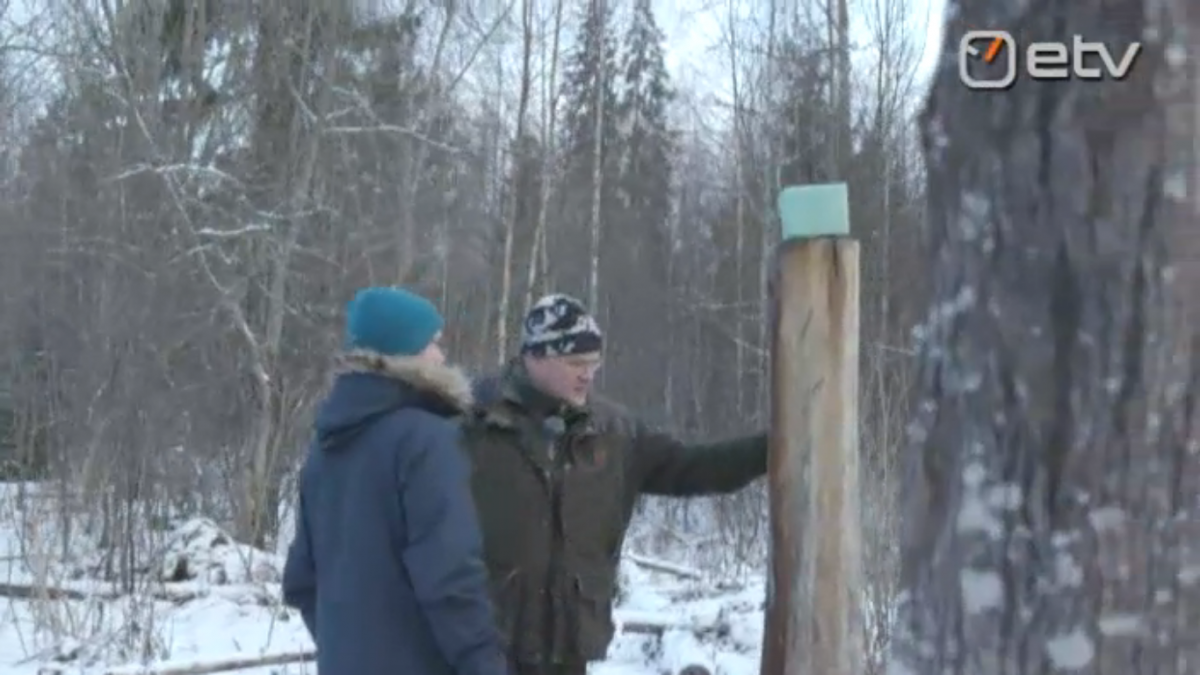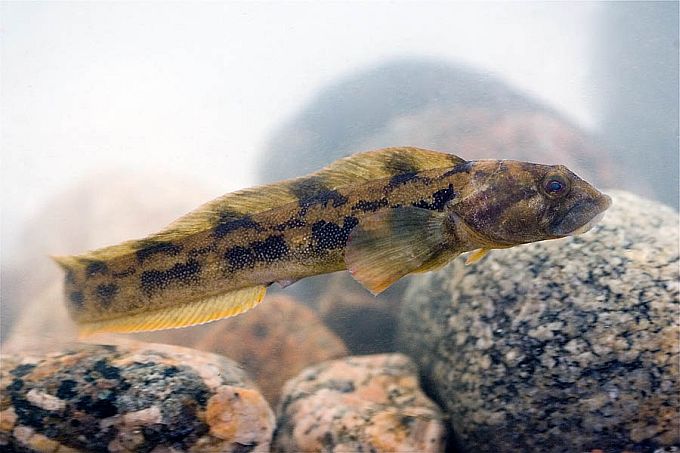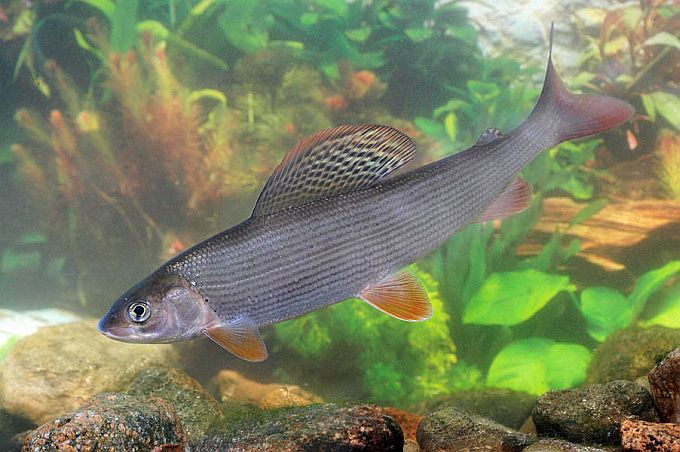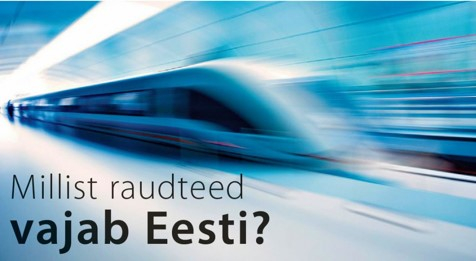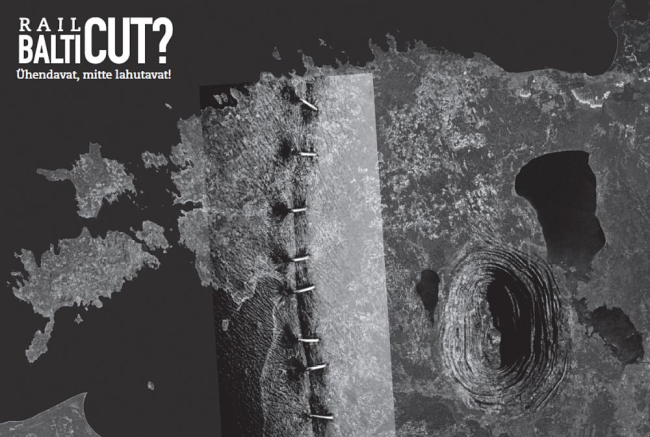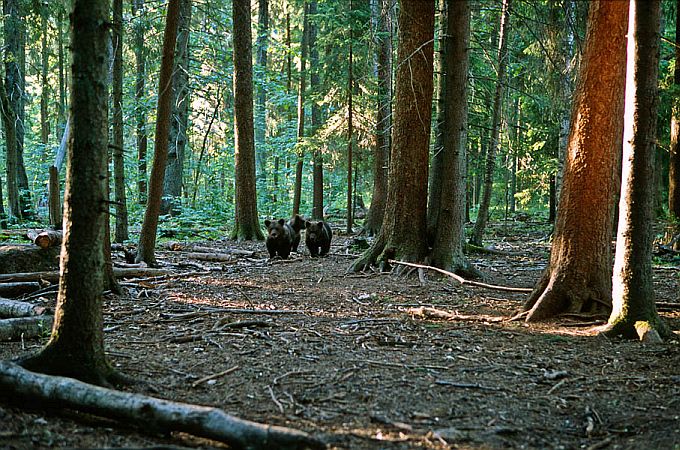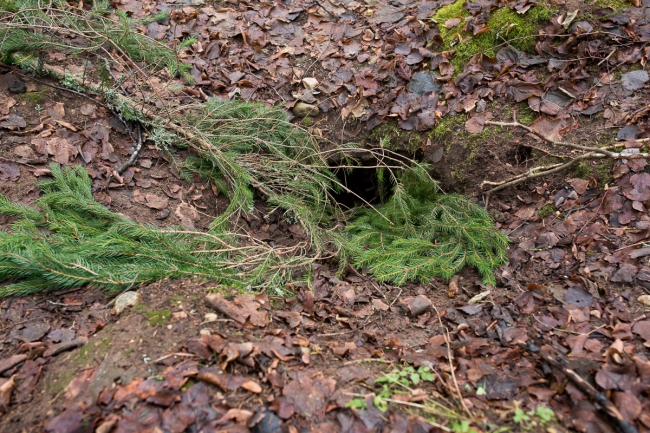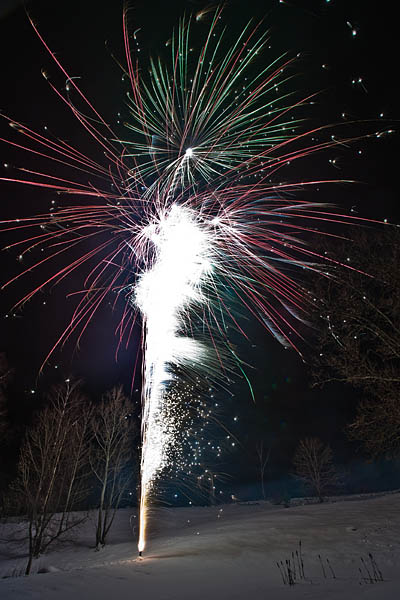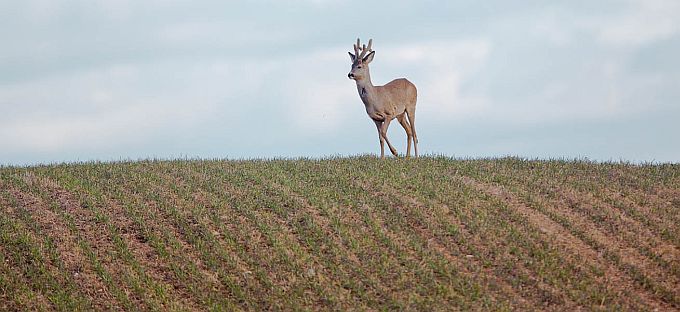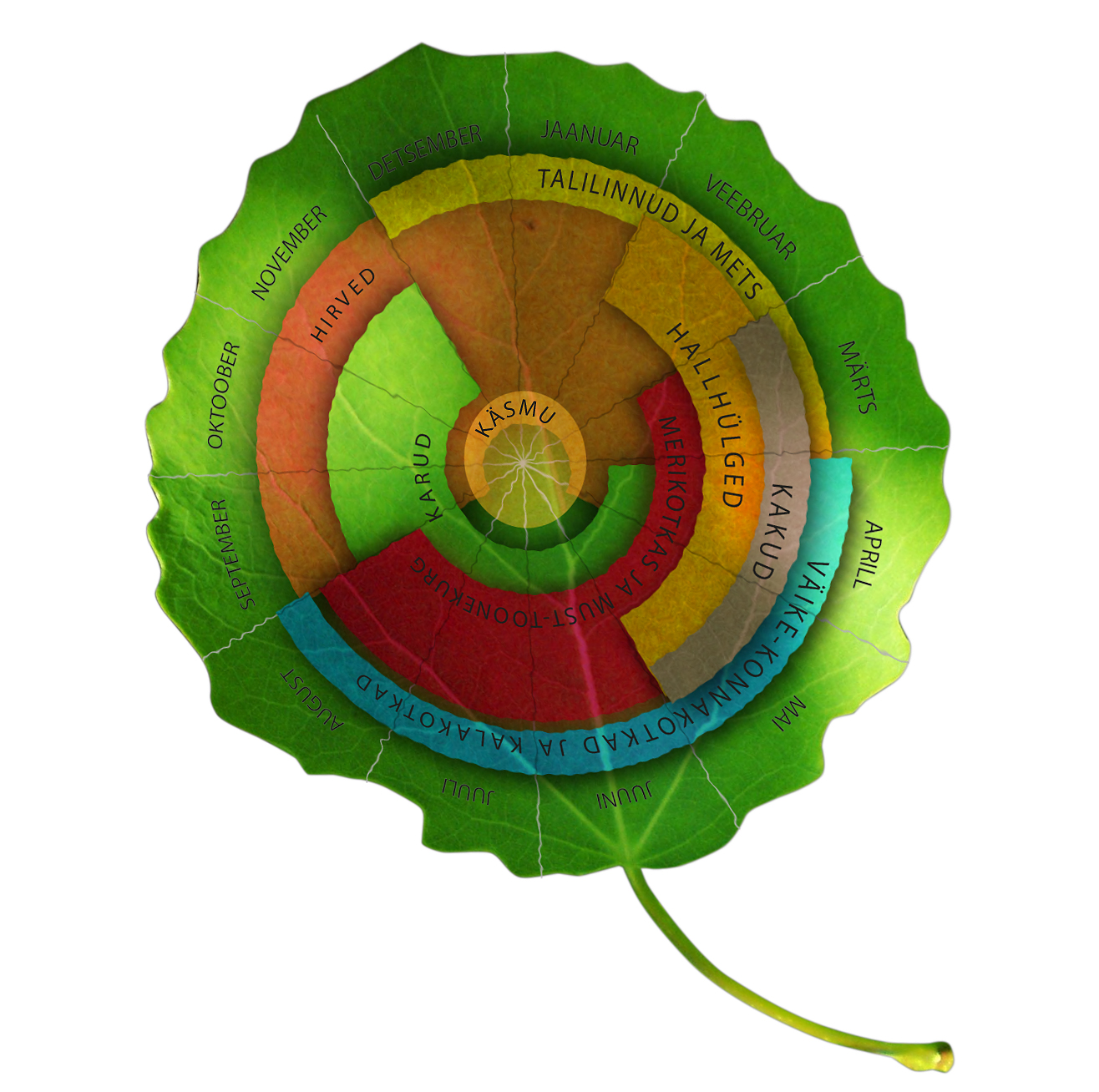What ETV "Osoon" told about the Animal of the Year
In the "Osoon" programme in ETV on Monday renowned wildlife photographer Remo Savisaar talked about the making of his best roe deer photos.
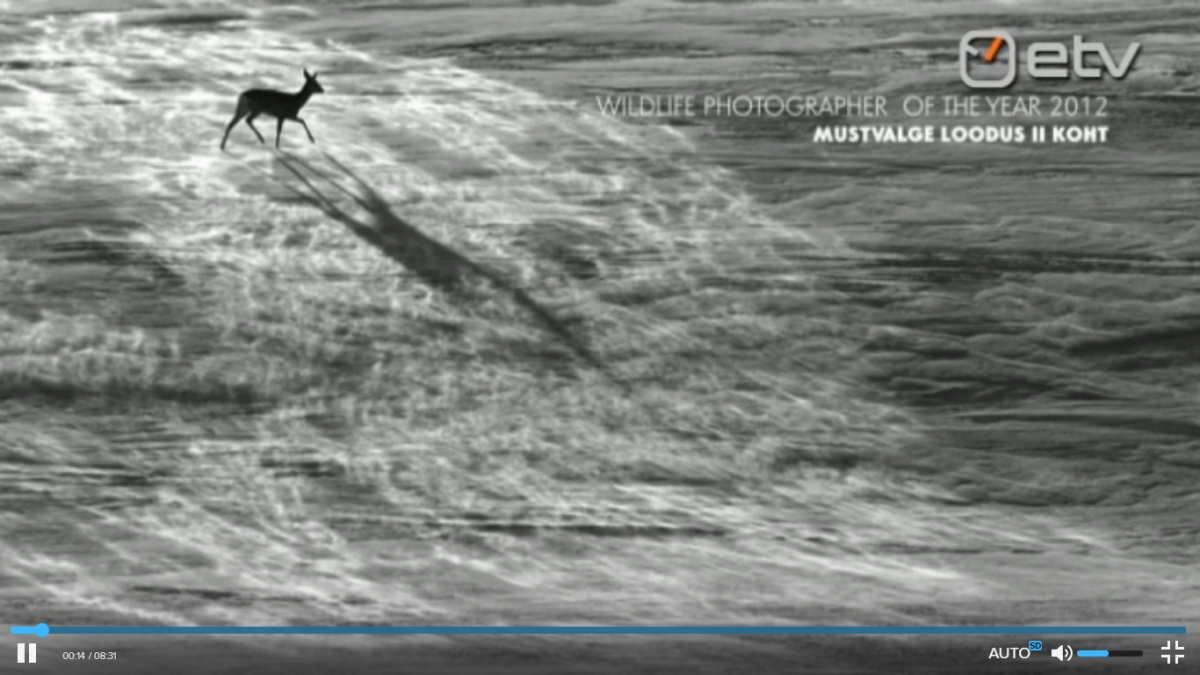
With hunter Priit Vahtramäe"Osoon" also visited the salt lick block in the place from where we soon should see the first images from the roe deer online camera.
